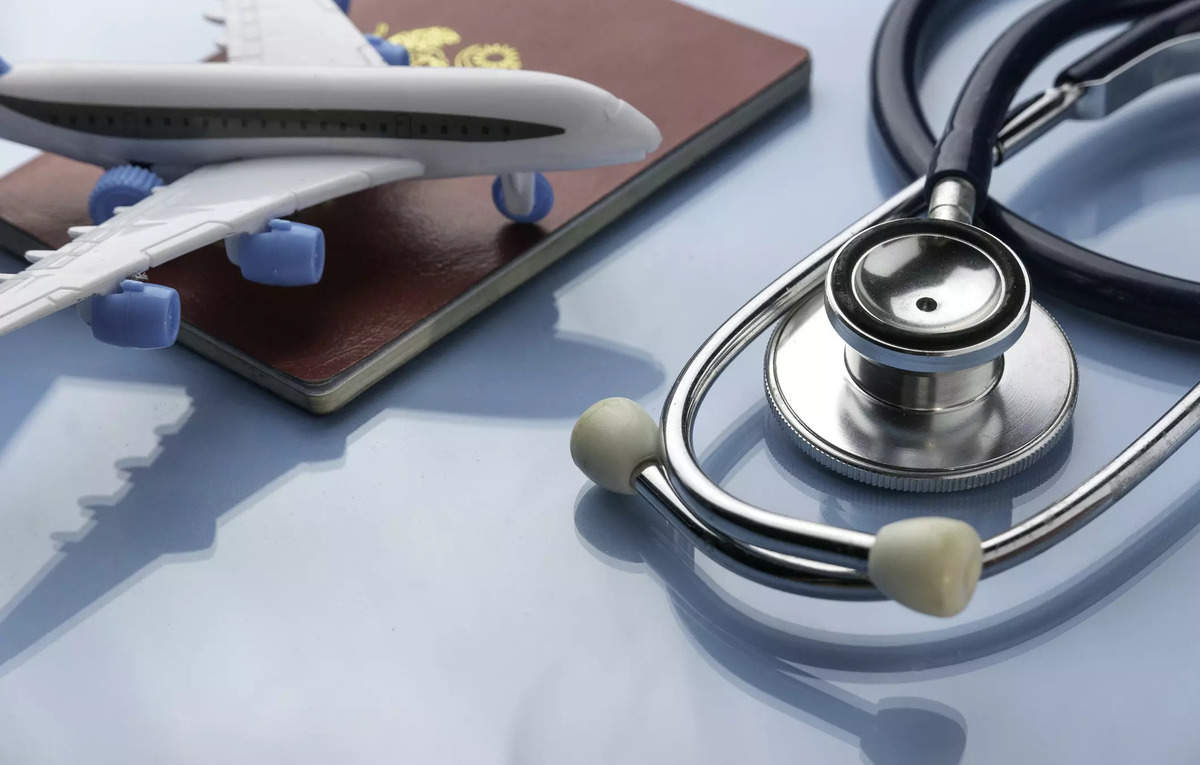Medical Value Tourism bouncing back with unprecedented growth, ET TravelWorld
[ad_1]

Medical Value Tourism (MVT) in 2023 has been about exploring new opportunities and bringing the sector back to its former glory. The accelerated bid to bring economies back to a stable state, the burden of preventive measures, and the world finally opening access to travelling and expensive healthcare in the home countries are contributing o the growth of MVT in India.
As a key services sector, Medical Value Tourism is being supported by the healthcare sector and the government. Together the stakeholders are working towards accelerating engagement. The government is actively involved in working towards positioning India as the most favourable global destination for Medical Value Tourism. Initiatives like Heal in India are helping achieve the same and aid the sector in bouncing back.
Honourable Minister of Commerce Shri Piyush Goyal had set the total services export target at 350 Billion Dollars out of which MVT alone was targeted to achieve 9 Billion Dollars. This is the kind of growth MVT is witnessing. Almost 70 per cent of the total medical services inbound traction/forex in India comes from medical value tourism, making it one of the key sectors contributing to economic growth.
The growth of MVT in India is not only beneficial for the economy but also places India in a strategic position globally. The sector is recording better traction than in pre-covid times. It is expected to grow to USD 53.51 billion in 2028 at a CAGR of 21.1 per cent globally and India is on its way to being a crucial part of this growth.
This accelerated growth is also a result of the collaboration between the healthcare industry, the private sector and the various ministries including Civil and Aviation Ministries, Union Health Ministry, Tourism Ministry and Ayush Ministry. These various stakeholders have built a roadmap to not only boost medical tourism but also augment medical infrastructure and R&D in the country. In cognizance of the same, the government is investing in infrastructure development in around 17 cities like Jaipur, Pune and Ahmedabad that are promising and can be strategically positioned as great destinations for medical tourism besides metropolitans like Delhi, Mumbai et al.
As part of the plan, the government has also identified 44 countries based on the number of patients visiting India. The idea is to work on easing medical visa norms for patients and their companions so that they may travel to India hassle-free for treatments. The introduction of this medical visa or ‘Ayush Visa’ will further increase the inflow of overseas patients. This comprehensive National Strategy for Medical Value Travel and Wellness Tourism is providing a solid foundation for the MVT sector and catapulting it towards growth.
The emphasis on holistic treatment in India including Naturopathy, Ayurveda, Unani, homoeopathy medicine, wellness etc is also responsible for the increased influx of overseas patients and strategic partnerships.
Besides this, the proposed ‘One Step’ portal offering multiple services to international patients will especially be beneficial as it will help the patients access all information easily in one place. This repository will offer various services to foreign patients. These comprise queries related to intercity travel, airport transfer coordination, documentation etc.
Currently, the economic yet state-of-the-art treatments and facilities available in India are responsible for making it a preferred destination for international patients. From the latest medical care to traditional treatments and wellness, the country has silos for a wholesome outlook on health and is helping MVT bounce back at an accelerated pace.
The author is the Founder & CEO of Global Care, a leading medical value tourism company.
DISCLAIMER: The views expressed are solely of the author and ETTravelWorld.com does not necessarily subscribe to it. ETTravelWorld.com shall not be responsible for any damage caused to any person/organisation directly or indirectly.
[ad_2]
Source link



